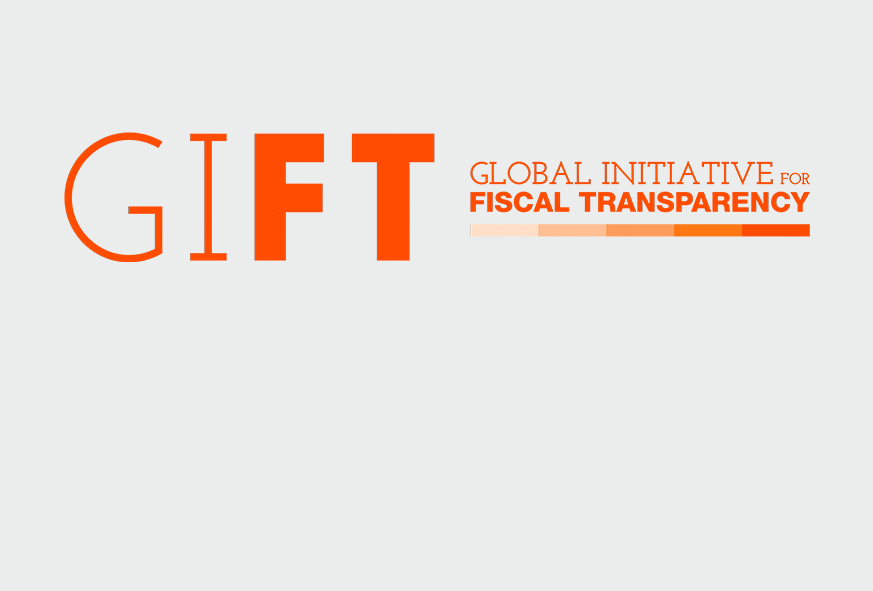
By Lorena Rivero del Paso and Juan Pablo Guerrero
The COVID-19 pandemic has forced many governments to launch emergency spending and tax policy measures to mitigate the potentially catastrophic impact on the health of their people and economies. The speed of these adjustments has challenged traditional approaches to managing risks, inefficiencies, budgetary allocations and corruption. At the same time, fiscal rules have been put on hold. Budget balances, debt obligations and revenue adjustments in many countries exceed any level that would have been deemed acceptable before March 2020.
In a context in which rapid decision-making has become the norm, traditional mechanisms for providing information to the public have fragmented or broken down. Some governments have succeeded in disclosing information on emergency responses transparently, but many have not had the political will or the tools to do so.
This has required the public finance community to reflect on the preparedness of current reporting instruments and internal data architecture of governments to monitor rapid adjustments and their impact to inform time-sensitive decision-making, coordination and monitoring. Equally important is the type, disaggregation and format in which such information is required by the public and other external stakeholders to facilitate policy discussion, assist implementation and enforce accountability.
The Global Initiative for Fiscal Transparency (GIFT) network, with support of the OGP Multi-Donor Trust Fund, has created a practical guide to help practitioners identify the datasets and data fields that are required for informed internal decision-making and transparent disclosure of information related to emergency responses. GIFT is a global network integrated by stewards and partners from ministries of finance—or equivalent—, civil society organizations, expert agencies and international financial institutions. As part of the dialogue, peer-learning and knowledge exchange within the network, this guide has been developed as the product of global consultations and collective work with experts in the fiscal, open data and open government arenas. Its structure observes a user-centered and purpose-oriented approach and results from the engagement of representatives from nine ministries of finance, 16 civil society expert organizations and 12 international organizations in co-creation workshops.
The guide includes 15 datasets and 13 time series grouped into four dimensions as follows:
- Emergency and countercyclical spending (including budget adjustments, extra-budgetary funds, performance indicators, investments, payroll and procurement);
- Tax relief measures and deferrals;
- Revenue adjustments and additional funding sources (covering revenue adjustments, contingent tax collections, loans and other debt instruments, and external development and humanitarian resource flows); and
- The macroeconomic impact of the emergency fiscal measures.
Each dataset is further disaggregated into more than 370 relevant data fields. The guide also includes examples of how the data can be used by governments and other stakeholders for various purposes of management, monitoring and evaluation.
Bearing in mind that data quality and availability is an important limitation in many countries—particularly for such an extensive list of data fields, as the guide lists all of the relevant data sets, not country specific—and that the measures taken and administration specificities vary from country to country, the Guide includes a section with a method to prioritize and customize the tool for application in different national contexts, and key prerequisites for publication, including data availability and quality. This method will also allow identifying data gaps that administrations would like to fill, to build a more integrated and comprehensive fiscal data architecture for internal decision making and transparency.
This guide is for:
-   Ministries of finance (or equivalent)– to support the development of a stronger data architecture, as well as to assist the process of identifying what data to publish to enable transparency and oversight.
-   Civil society/advocacy groups– to simplify the process of prioritizing data needs for monitoring, analysis, and participation.
-   Oversight institutions– to contribute to the task of identifying the data sources required to develop diverse analysis, oversight and auditing.
Reality check: Unfortunately, we need to recognize that this is not the only emergency that the world faces nowadays or will face in the future—especially considering the effects of climate change— therefore we need to work on building the data architecture that will allow us to react fast with efficiency and transparency, and not compromising the sustainable development and equality gains.

